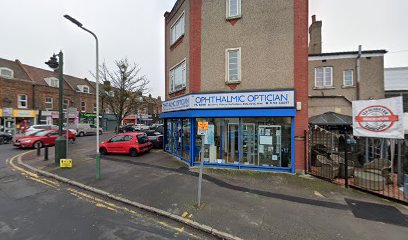FAQ's
Q1. I think my eye sight is fine. Do I still require an eye examination?
Q2. What does my eye examination include?
Q3. How often should I have my eyes checked?
Q5. What is Farsightedness and what is Nearsightedness?
Farsightedness, also known as hyperopia, is a visual condition where light is not properly focused on the retina at the back of the eye. Distant objects may appear clear, but near objects may appear blurry. Some signs of farsightedness include eye strain, fatigue or headaches after close work, aching or burning eyes, or difficulty maintaining a clear focus of near objects.
If you or your child have experienced these signs, a comprehensive eye examination by your Optician can test for farsightedness. Eyeglasses or contact lenses can correct farsightedness by altering the way light falls on the back of the eye.
Nearsightedness, also known as myopia, is a visual condition where light is not focused on the back of the eye. Distant objects appear blurry, but near objects appear clear. Nearsightedness is very common. There is some evidence that nearsightedness is caused by too much near work especially at a young age. Nearsightedness is usually first found in school age children, especially while children are growing. Signs of nearsightedness include trouble seeing the chalkboard in school or difficulty seeing distant objects like a TV.
If you or your child have experienced these signs, a comprehensive eye examination by your Optometrist can test for nearsightedness. Eyeglasses or contact lenses can correct nearsightedness by altering the way light falls on the back of the eye. You may only have to wear the optical correction for distant activities, such as watching movies.
 To Track Your Order
To Track Your Order



